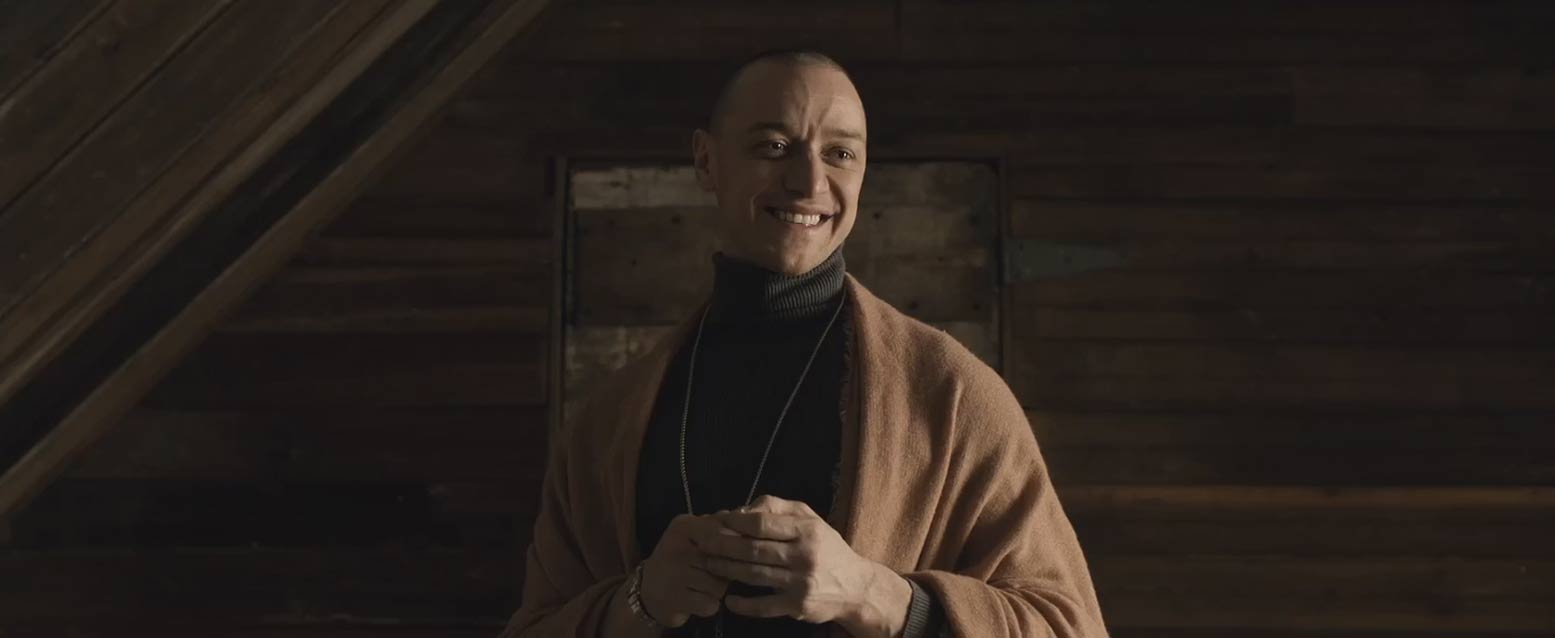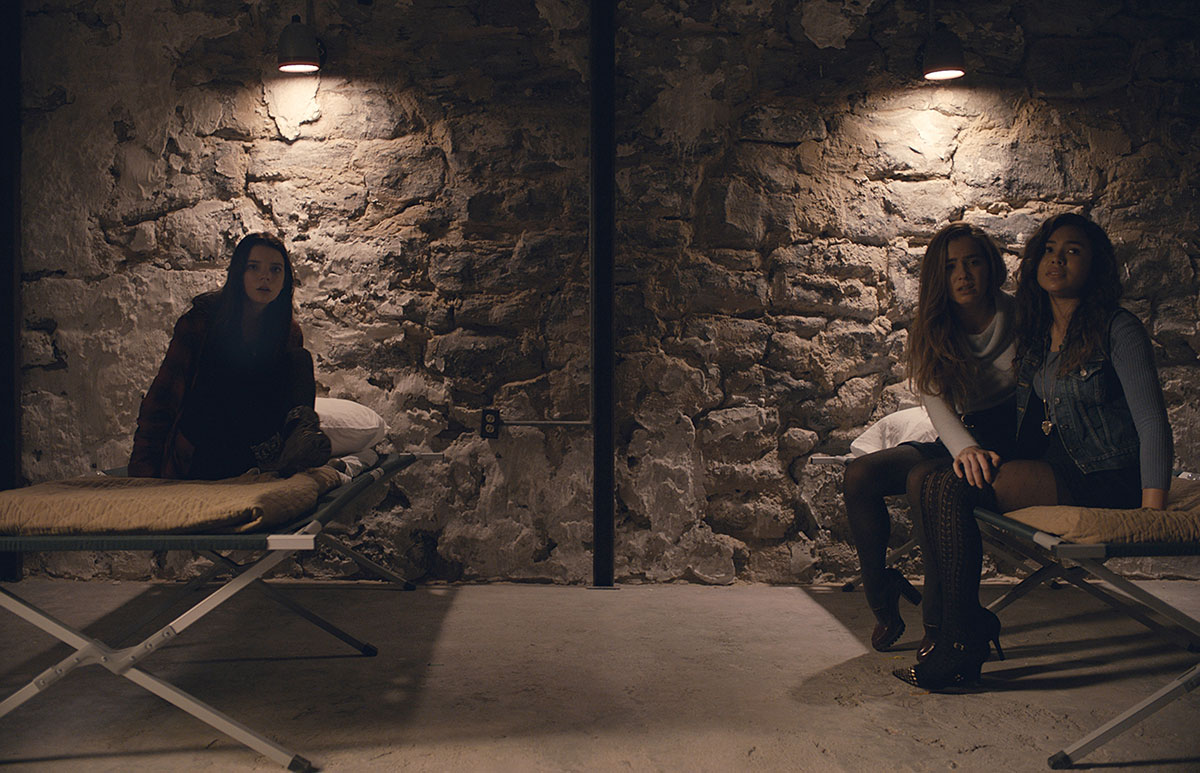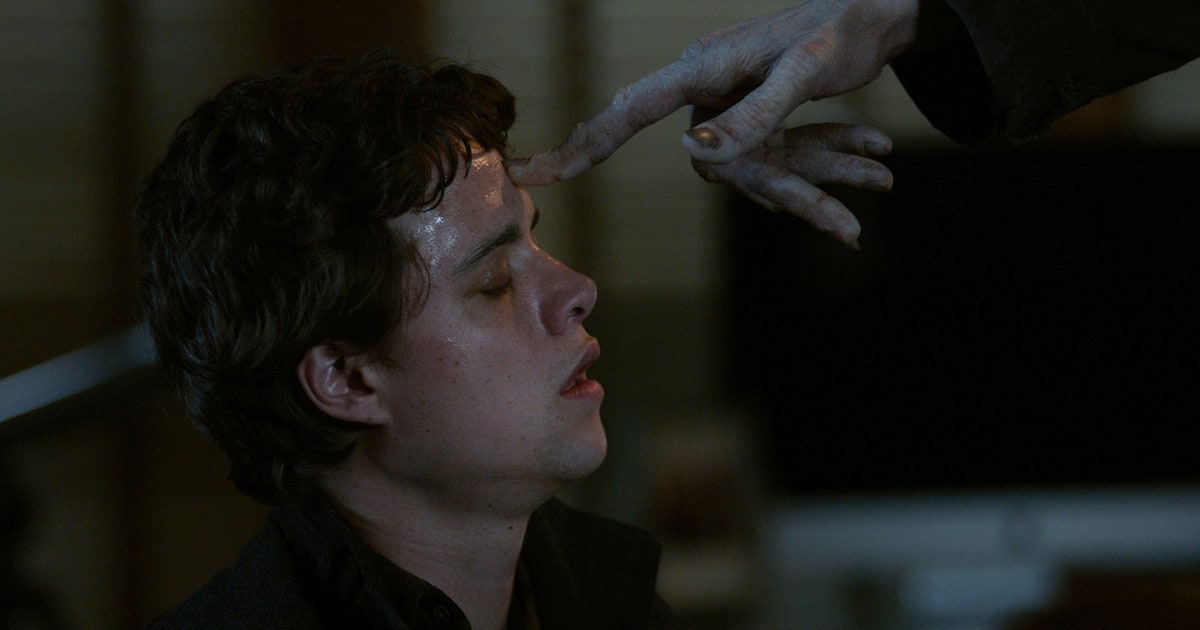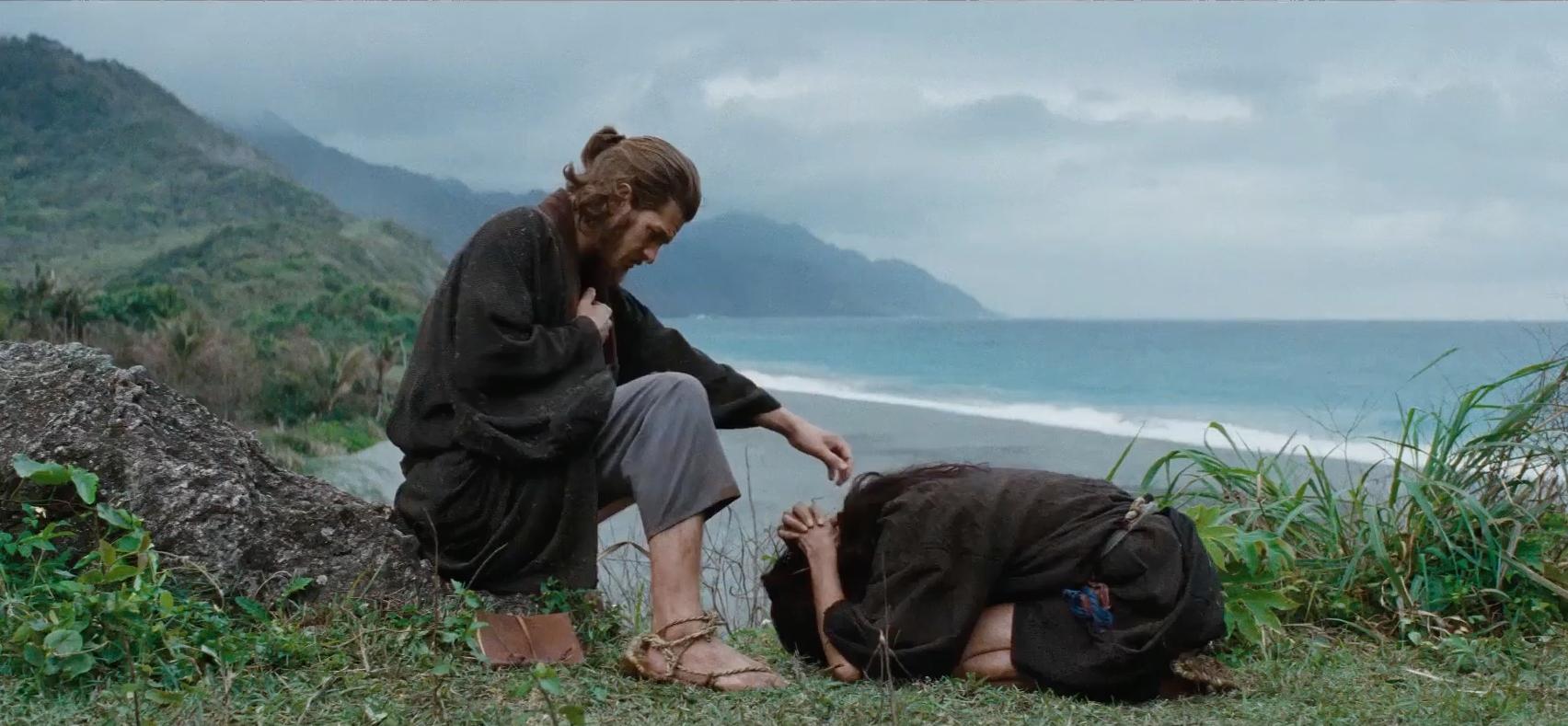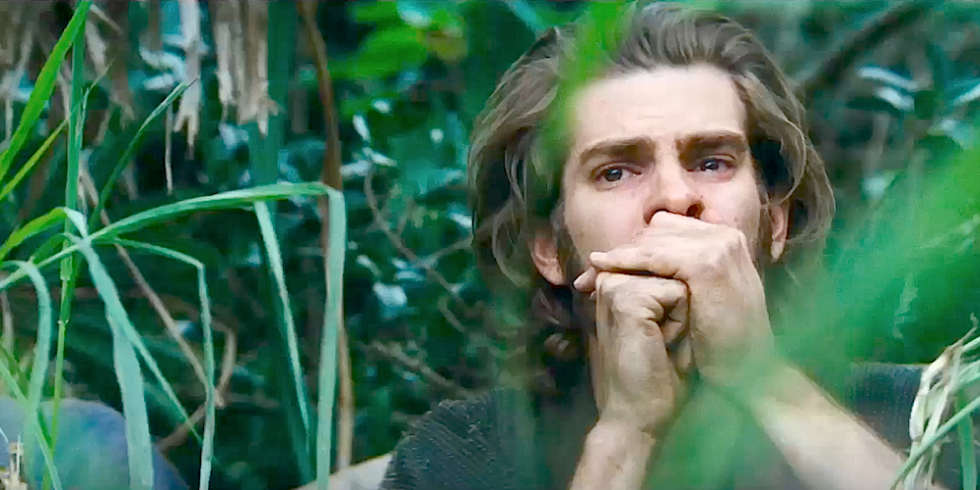“xXx: The Return of Xander Cage” (a sequel to 2002’s “xXx”)
is a movie that simply doesn’t care. It’s a big, loud, silly action cartoon
wherein there’s no consistent internal logic of any kind; the rules of physics
or gravity don’t apply either. It’s a film where one can survive the blast
caused by a crashing, malfunctioning satellite. In this world, literally thousands
of rounds of bullets are fired yet the only people who seem to die are unnamed
foot soldiers. In this world, you can have a massive gun battle in a warehouse,
in the middle of Detroit and in broad daylight. The only representations of law
enforcement/authority are corrupt government agencies. There are literally no
rules in this film.
“The Return of Xander
Cage” takes every action movie cliché/trope you can think of (gunfights, both
at regular speed and slo mo, choreographed martial art fights, car and
motorcycle chases, Parkour, a cornucopia of sexy ladies who the protagonist can
flirt and try to have sex with, and of course a half baked commentary on the
dangers of the NSA and Government surveillance) and mixes them together into a
thick, greasy action movie stew. There’s little coherence, consistency, or even
continuity from scene to scene.
The picture is a series of ridiculous action set pieces and
characters’ awkward attempts at quips/ breezy banter, loosely held together by
a threadbare plot involving a doomsday device that can take down satellites. Extreme
sports athlete Xander Cage (Vin Diesel), a tatted up rebel who plays by his own
rules, is recruited by NSA agent Jane Marke (a delightfully deadpan Toni
Collette) to recover the device from a supposed terrorist group.
But plot doesn’t really matter here; the action set pieces
call the shots. Whenever the story needs to advance it just does. Whenever
Xander and his self-assembled crew of one-dimensional mercenaries need to find
what they’re looking for (the location of the people who have the device) they
just…do, so that the movie can get on to the next action sequence.
When it comes to action, the film is in constant competition
with itself. Every action beat seems to have a mind of its own and has the
drive to top the previous beat in terms of absurdity, with no regard for the
overall film:
“Yeah…jumping off a
cable tower and skiing through the jungle is pretty hardcore but you know
what’s more hardcore? Surfing with a motorcycle!”
“What about playing
Hot Potato with grenades?”
“What about using a
dirt bike as a melee weapon?”
“Pffff! Try using a
boat as a melee weapon…on land!”
“That’s nothing! How
about a fist fight/foot chase right down the middle of a busy street?”
My personal favorite, and one that’s not as outwardly absurd
as any of those scenes listed above: At a random beach rave in the Philippines,
one of the bad guys (played by international Martial arts star Tony Jaa,
delightfully twitchy and eccentric with bleached hair) slowly makes his way
through the crowd to shank Xander. So one of Xander’s crewmembers, a DJ named
Nicks (Kris Wu) proceeds to play sick beats, causing the crowd to get rowdier
and distract the bad guy, allowing Xander to escape. In this crazy action dream
world, scrawny DJ’s can be heroes too. A few moments later he chokes a random
baddie with his headphone cord. Check and mate, surfing motorcycle!
Unfortunately, from a technical standpoint the action in
“Xander Cage” is just as incoherent as the film itself. Outside of a hand-to-hand
fight on a plane involving fellow international Martial arts star Donnie Yen
the action is shot with confusing shaky cam and choppily edited. It’s chaotic
and disorienting; at the end I felt exhausted. It also doesn’t help that the
soundtrack mostly consists of blaring, obnoxious techno/Dubstep music that gave
me a minor headache. It’s as if the filmmakers are trying to make us experience
sensory overload.
In the end, “xXx: The Return of Xander Cage” is sheer
madness—a baffling, chaotic collage of action, sexy ladies, and paper-thin
characters. But it revels in that madness, which makes it watchable. You can
tell everybody involved is having a blast: the director DJ Caruso, the cast. Vin
Diesel isn’t a good actor, especially in action movies, but its nice to see him
loosen up and have fun for a change. He’s usually so brooding and serious.
I wouldn’t say “Xander Cage” is a good movie either but its madness
and scatterbrained nature makes it utterly fascinating.




